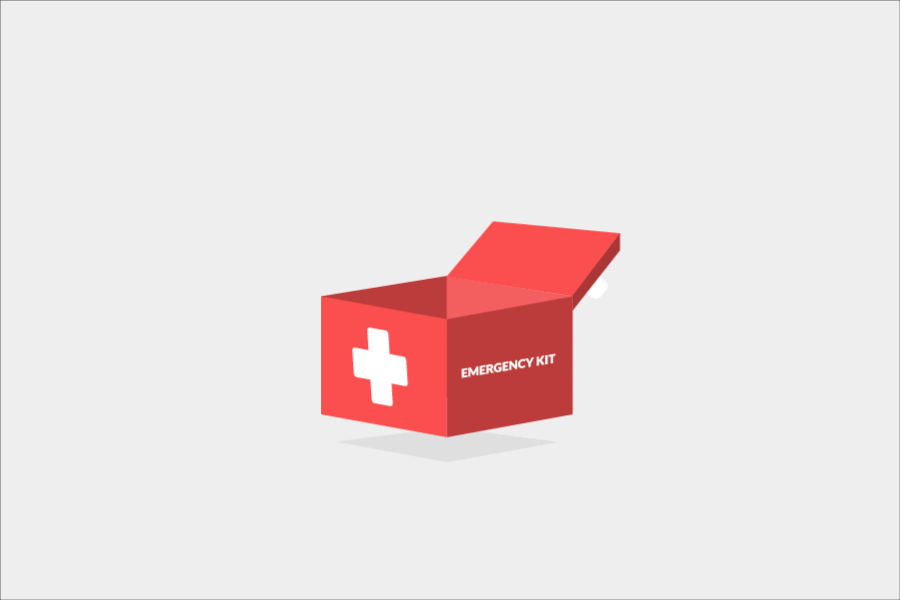4. Emergency Preparedness and Safety
Emergency preparedness is important to prepare for the unpredictable situations and accidents.

Most companies overlook emergency preparedness and safety plans while creating health and safety principles. Doing so hinders the safety of the employees as well as the productivity of the company. The workplace safety guidelines strive to safeguard employees from various occupational hazards. However, a generalized emergency preparedness plan is a must for companies to protect their employees during emergencies and disasters like tornadoes, fire breakouts, etc. Thus, it's crucial to have a foolproof emergency preparedness and safety plan to avoid any unforeseen accidents at the workplace. Some of the standard provisions of an efficient emergency preparedness plan are mentioned below.
- Fire Safety Plan
- Emergency Action Plans
- Means of egress
- Medical Services and First Aid
One of the most important things for emergency preparedness is first aid. First aid is the term used to describe medical care that is generally administered at the location of the injury and shortly after it occurs. It often includes a one time, short-term treatment and is carried out with little help from technology or special expertise.
First aid procedures include cleaning minor wounds, scrapes, or scratches, treating a minor burn, using bandages and dressings, using over-the-counter medication, draining blisters, removing debris from the eyes; massage, and consuming fluids to ease heat exhaustion etc.

To prepare for unpredictable situations a first aid kit is a must, some common items in a first aid kit include; bandages, roller bandages, absorbent compress dressings, sterile gauze pads, adhesive cloth tape, aspirin, antibiotic creams, burn ointment, calamine lotion etc.